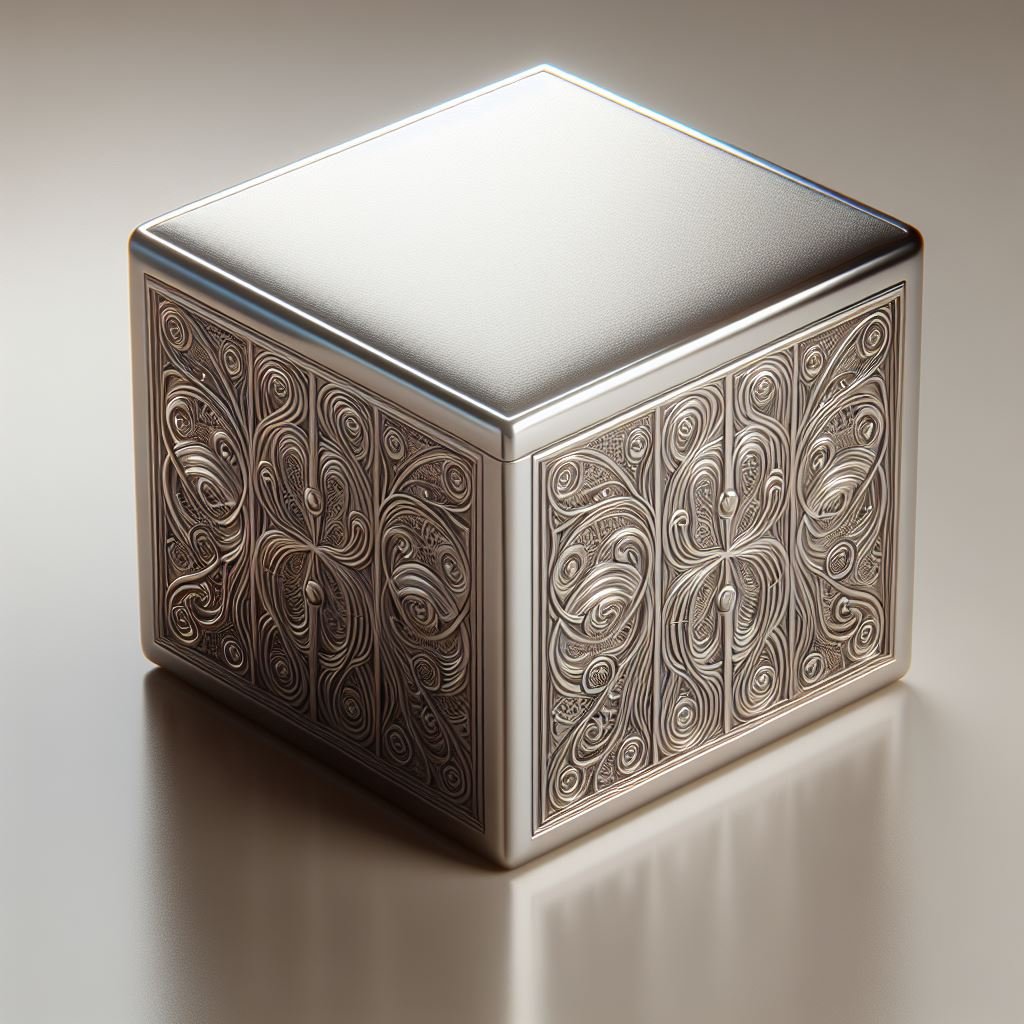“I dream my objects before I build them.”
— Kiyoshi Toussaint

Born in 1985 in the rusted heart of Buffalo, New York, to a Japanese mother and Belgian father, Kiyoshi Toussaint spent many mornings staring at the towers of Bethlehem Steel from the window of his tiny bedroom.
“Shifting Permanence”. Silver, hawthorn, white oak, steel.
“By the time of my birth, Bethlehem Steel had already been closed for three years,” Kiyoshi tells me. We’re sitting in a coffee shop in the blue-collar town of Lackawanna, the epicenter of Buffalo’s long-ago steel industry collapse. Kiyoshi is one of the few successful artisans still living in the Buffalo region—though he spends winters in his New Orleans home—and it’s a distinction he claims with pride.
“The decay of those steel towers stoked my imagination,” he continues. “I’ve always been attracted to things falling apart. I’d rather be playing with the spongy recesses of a rotting log than in the boughs of the tree it fell from.”
Kiyoshi Toussaint is one of the world’s most celebrated metallurgists, a wunderkind in a field not known for its wunderkinds. He received dual Ph.D.s in Metallurgical Engineering and Materials Science from the California Institute of Technology, studied Japanese sword-making at the prestigious Oku-Iwakuni Workshop in Kyoto, and won Venice Biennale's Golden Lion for his sculpture made of pure iridium, titled “Lost Morning.” All this before his 30th birthday. Now on the edge of forty, Kiyoshi believes he’s getting close to truly understanding what it means to be a novice.
“The novice mind appeals to me, because of its innocence, openness, and enduring love for the thing itself. Artistic death is to become a connoisseur of one’s own work; I avoid that by treating my ignorance with wonder rather than scorn.”

“Ignorance” is a term one wouldn’t associate with an artist as accomplished as Kiyoshi, but his definition of ignorance has more to do with process than with the final product. Kiyoshi believes a careful balance of intuition and intentionality is crucial for success in any field.
“I dream my objects before I build them” he says. “I’ve been dreaming about the Future Tense collection every night, for months. Not all the dreams are pleasant, but this happens with all my projects.”
Kiyoshi’s collaboration with Piermont & Thorne on his Future Tense collection is, as he sees it, an opportunity to explore unfamiliar realities. “I’ve never given demons much thought,” he says, “so when Micah asked me to build new Boxes to replace the broken ones stored in the P&T archives, I said yes before knowing all the precautions. Aside from the holy seals and glyphs, the materials for each Box are what Micah calls ‘the first line of defense.’ Every Box must contain a traditionally ‘anti-demonic’ substance and some of these substances are very impractical to work with.”
“Terminal”. Titanium, steel, silver, salt.
Does Kiyoshi believe his Boxes harbor imprisoned demons?
“I’m a skeptic,” he says. “But you won’t catch me in a dark room with any of these Boxes. Even skeptics get spooked.”
Kiyoshi Toussaint’s
Future Tense collection
will be available in late 2024.


